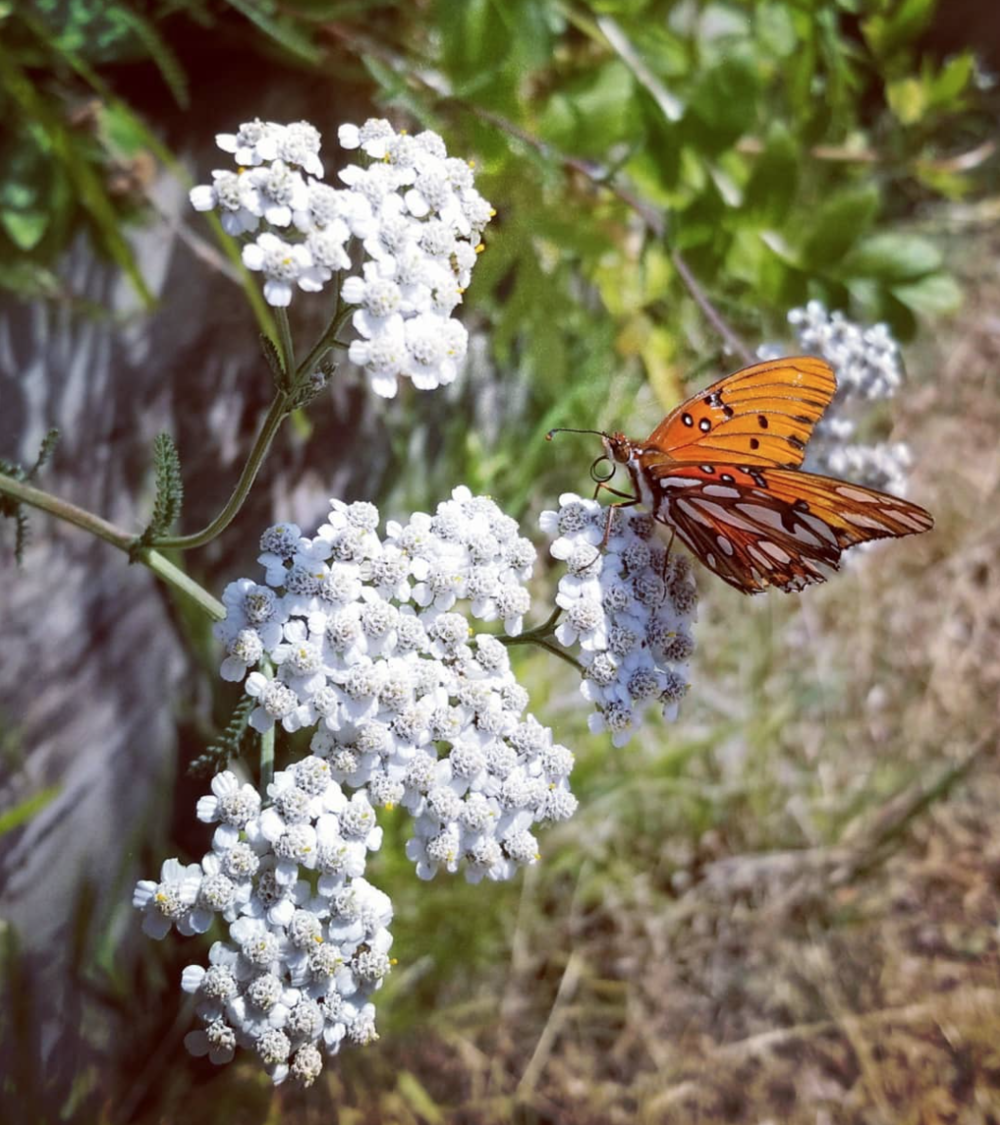The letter associated with the month of Elul is Yud. Though it is the smallest of all the Hebrew letters, it is referred to as, "the little that holds a lot." It represents the concept of contraction, one of the greatest principles that we learn when we study how an infinite G!d created a finite world. The Yud is the spark from which the entire world was created, the Jewish Big Bang. In fact, whenever we write a Hebrew letter, we are mimicking creation. Our pens hit the paper, and the first dot that is created is our yud. Everything else grows out from that point. During the month of Elul, we focus on connecting with our own inner point/inner spark/inner yud/ inner infant. There are so many aspects of life that may cause us to forget that point but every year during the month of Elul, we are reminded that all of life is about returning to that initial spark. Through prayer, good deeds, charity and other actions, we peel away the clouds of confusion to reveal the brightness of our souls.
*To learn more about the month of Elul and the other Hebrew Months, sign up for my monthly newsletter!
Art by Nechama Shaina












